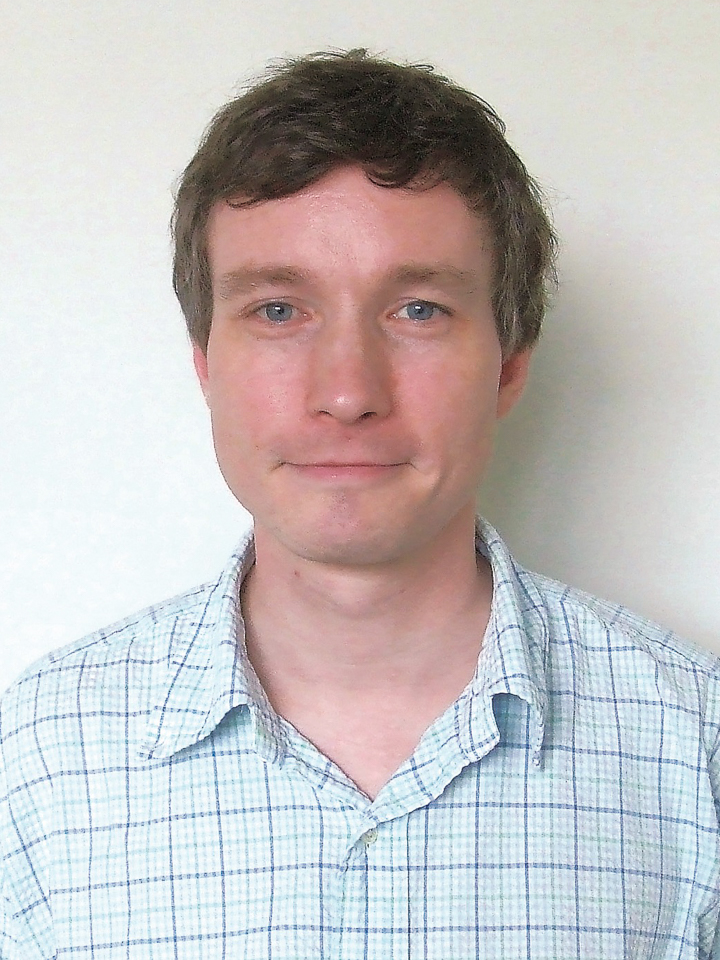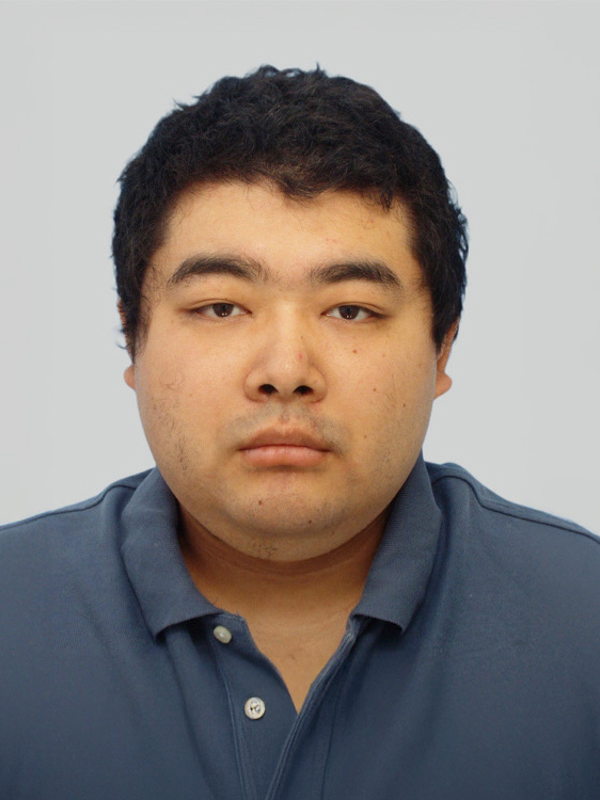Lippmaa Group

- Affiliation
-
Division of Nanoscale Science
(concurrent with Functional Materials Group) - Course
- Adv. Mat., Frontier Sci.
 Research Associate TANAKA, Tomoaki
Research Associate TANAKA, Tomoaki
Research Subjects
- Growth of thin oxide films and heterostructures by pulsed laser deposition
- Synthesis of nanostructures and nanocomposite thin films
- Carrier dynamics in photocatalysts
- Autonomous synthesis of thin films
Thin film synthesis of new materials requires the optimization of many synthesis control parameters, such as pressure, temperature, growth rate, etc. For Pulsed Laser Deposition, the parameter space has 6 or more dimensions. To accelerate the process of finding the optimal point in this parameter space, we monitor the crystal growth by RHEED, which detects thin film surface morphology and structure changes. Several forms of machine learning are used to autonomously choose crystal growth conditions that optimize for the desired diffraction features, such as a crystal phase with a specific lattice parameter or the best surface flatness.
Semantic segmentation of the diffraction images is used to extract similar diffraction features (left figure), followed by periodicity analysis and parameter clustering, which gives the phase composition of the film and a quality factor for the surface structure. The phase information can be used to build a phase stability map (right figure). Bayesian optimization is used to obtain autonomous synthesis control to select the best growth conditions and to rapidly obtain the desired crystal phase in a multidimensional parameter space. This autonomous feedback operation is more than an order of magnitude faster than traditional manual parameter optimization.
